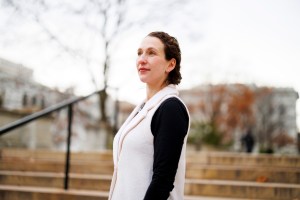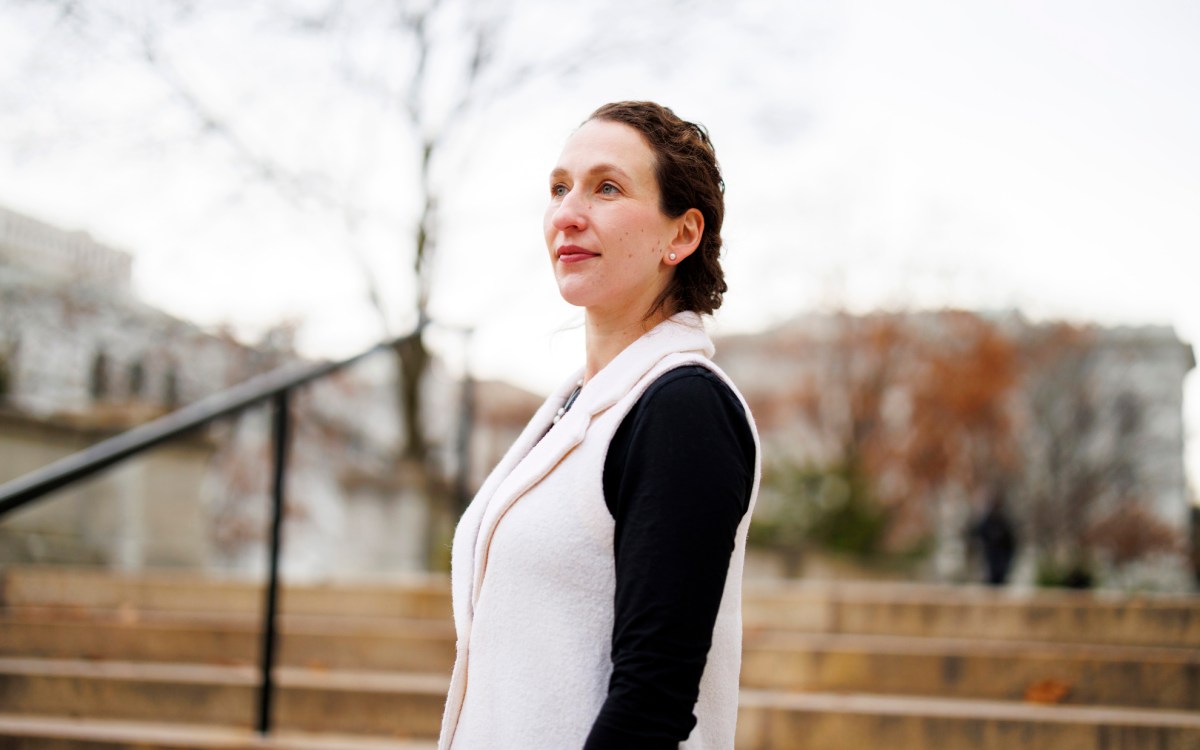
Exercise can help colon cancer survivors live longer
Post-treatment physical activity narrows gap between patients and general population, study shows
Regular physical activity after treatment for stage 3 colon cancer reduces and may even eliminate disparities in survival between those with cancer and those in a general population of similar age and sex, according to new Dana-Farber Cancer Institute research.
Colon cancer is a leading cause of cancer-related death worldwide. People with the disease face higher rates of premature death than people in the general population with matched characteristics such as age and sex.
“This study suggests that exercise can have a meaningful impact on long-term survival for patients,” said senior author Jeffrey Meyerhardt, co-director of the Colon and Rectal Care Center at Harvard-affiliated Dana-Farber and a professor at Harvard Medical School.
For patients whose cancer returned, those with low activity levels had overall survival rates 50.5 percent lower than a matched general population.
Previous research suggested that colon cancer patients who are more active after treatment have longer survival. This study looked at data from two National Cancer Institute–sponsored Cancer and Leukemia Group B clinical trials — now part of the Alliance for Clinical Trials in Oncology — for patients with stage 3 colon cancer. In both trials, CALGB 89803 and CALGB 80702, patients underwent surgery, were treated with chemotherapy, and were offered an option to self-report about lifestyle factors during and after treatment.
A total of 2,875 patients self-reported physical activity across the two trials. Survival rates were calculated after a median of six and 5.9 years of follow up, respectively, for CALGB 89803 and CALGB 80702. Reported activity levels were converted into metabolic-equivalent hours per week, or MET-hours. A person who walks most days of the week for about an hour will get about 18 MET-hours of activity, Meyerhardt said.
The researchers found that for patients who were alive three years after treatment, those with high activity levels (18 or more MET-hours per week) had subsequent overall survival rates that were closer to those of the matched general population than those with low activity levels (fewer than three MET-hours per week).
For instance, in the analysis of data from CALGB 89803, three-year survivors with low levels of activity had overall survival rates that were 17.1 percent lower than the matched general population, while those with high activity levels had 3.5 percent lower overall survival rates.
In both trials, more activity was associated with improved survival rates and the benefits were seen in patients regardless of their age at the time of diagnosis. “Some exercise is better than none,” says Meyerhardt. “If you can’t get out for an hour, try 10 or 20 minutes.”
In a pooled analysis of data from the two trials, the researchers focused on the 1,908 patients who were alive without a recurrence of their cancer after three years. Among those who reported low activity levels, overall survival rates were 3.1 percent lower than the matched general population. Those with high activity levels had overall survival rates that were 2.9 percent higher than the matched general population.
Exercise also reduced survival disparities in patients whose cancer came back within three years. Most tumor recurrences are seen within two or three years of diagnosis with stage 3 colon cancer. In these cases, treatment becomes very difficult. For patients whose cancer returned, those with low activity levels had overall survival rates 50.5 percent lower than a matched general population. Those with high activity levels had overall survival rates 33.2 percent lower.
“Those who were more active had improvements in survival even if their cancer recurred,” Meyerhardt said. “And for those who did not experience a recurrence, their overall survival rates looked better than the matched general population.”
The research described in this story received funding from the National Institutes of Health.





